Reptiles are some of the most fascinating and diverse creatures on Earth, yet many species remain largely unknown to the general public. From the vibrant colors of the Psychedelic Rock Gecko to the cryptic camouflage of the Satanic Leaf-Tailed Gecko, these lesser-known reptiles possess unique adaptations and behaviors that make them truly remarkable. In this article, we will explore 17 of the least known reptile species, shedding light on their distinct characteristics, habitats, and the conservation challenges they face.
Archey’s Frog (Leiopelma archeyi)
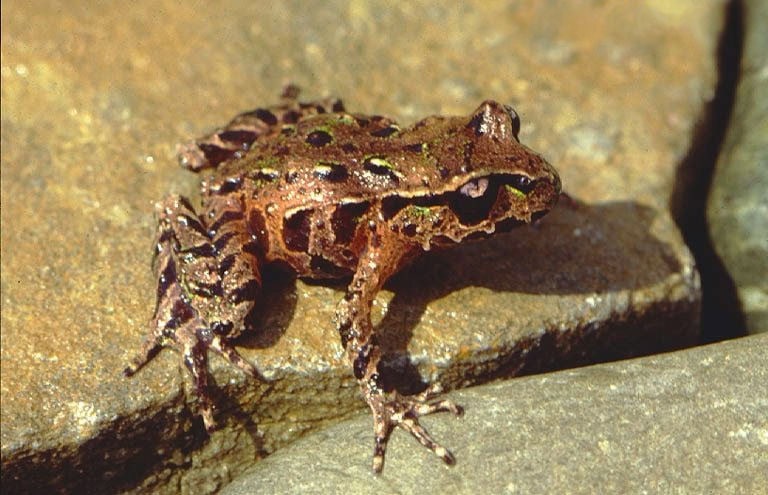
This tiny, terrestrial frog is one of the most primitive in the world, native to New Zealand. Living in moist forest floors, Archey’s Frog is nocturnal and has a lifespan of up to 20 years. Unlike many frogs, it does not have a tadpole stage; instead, the young develop directly into small frogs. This species is critically endangered due to habitat loss and introduced predators.
Psychedelic Rock Gecko (Cnemaspis psychedelica)
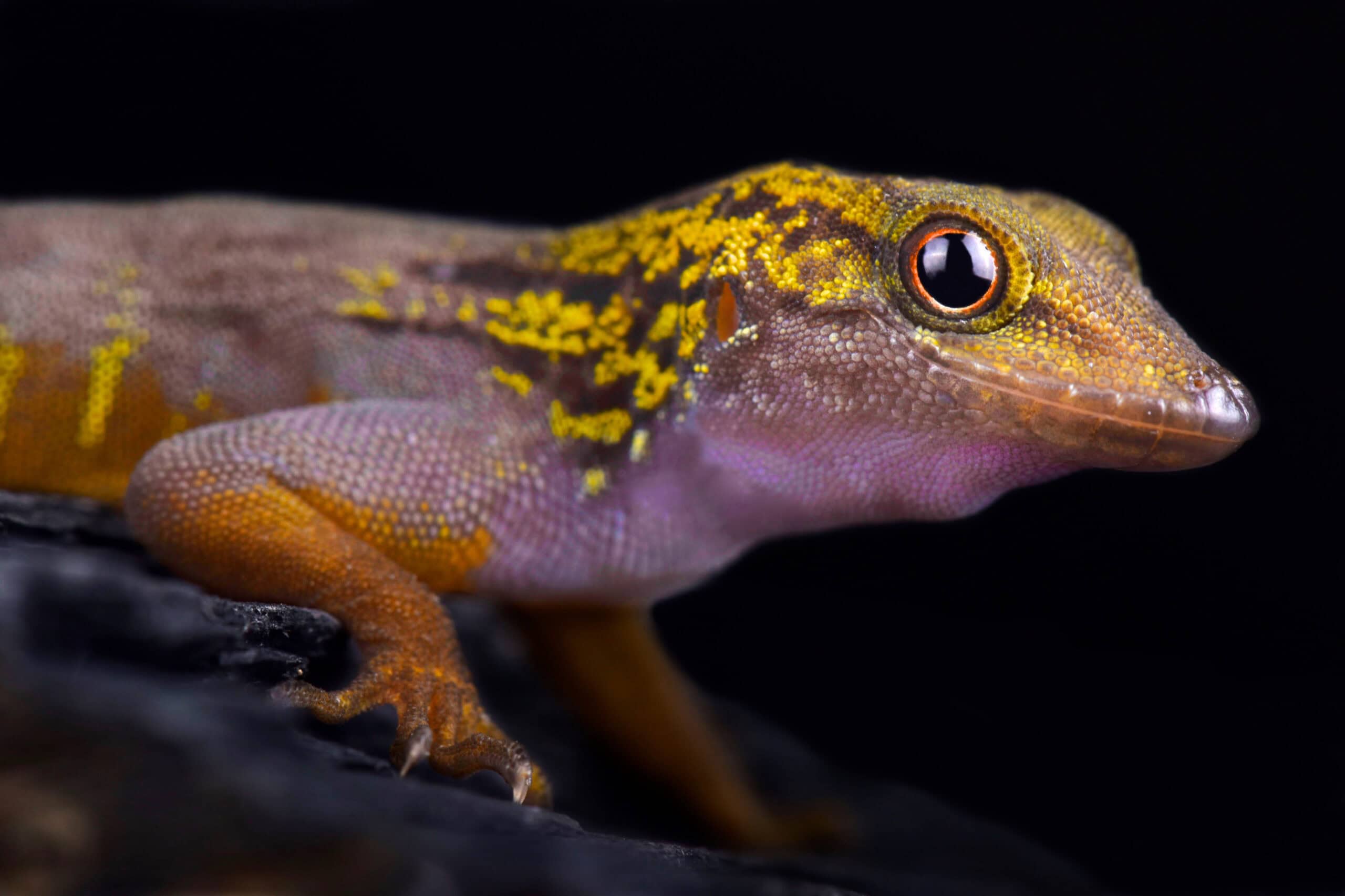
Endemic to a small area in Vietnam, this strikingly colorful gecko is known for its vibrant orange and yellow body with dark green and blue patterns. Discovered in 2010, the Psychedelic Rock Gecko is critically endangered, primarily due to habitat destruction and illegal pet trade. It inhabits rocky outcrops and karst formations, making it a highly specialized species.
Roti Island Snake-Necked Turtle (Chelodina mccordi)
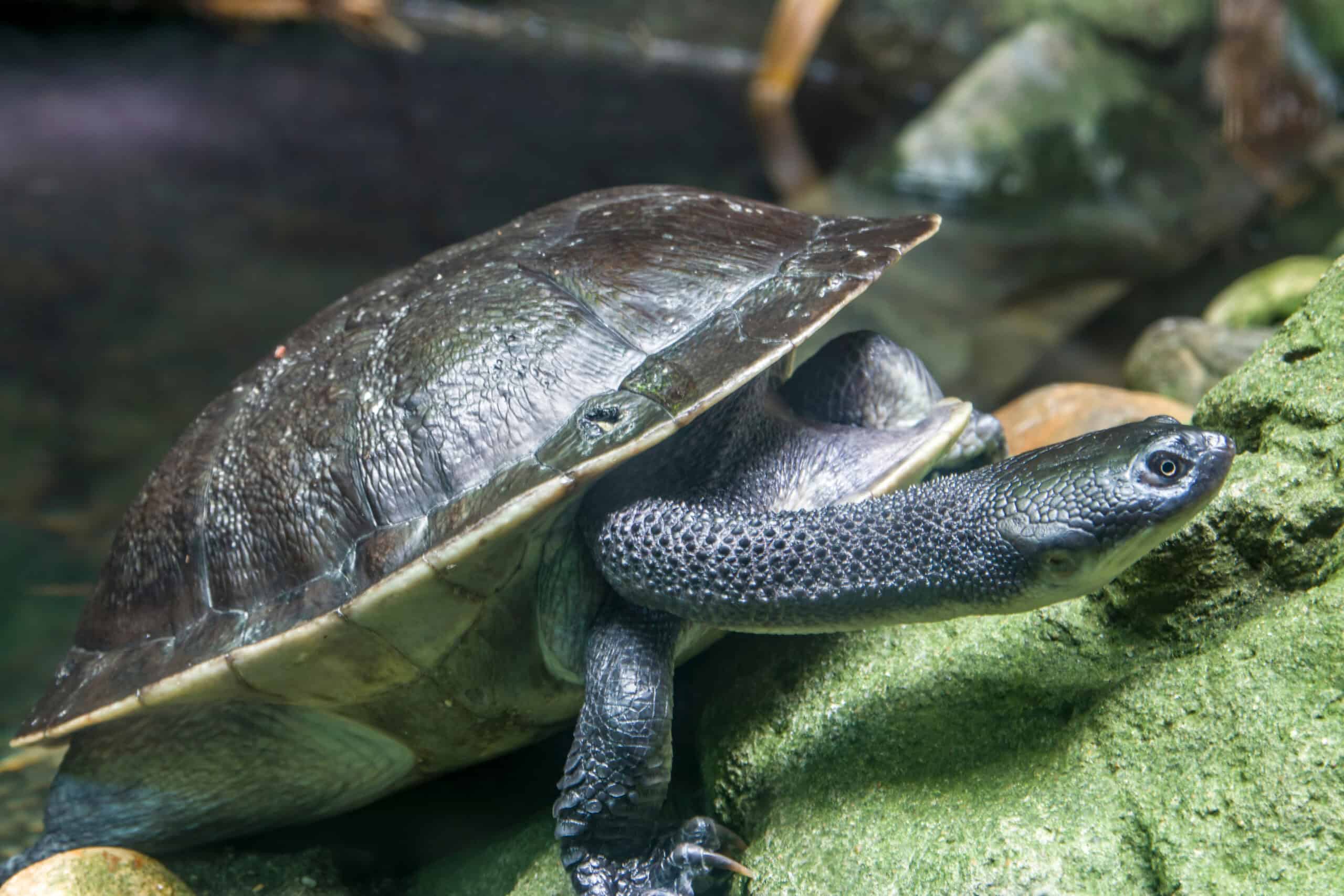
Native to the small Indonesian island of Roti, this unique turtle has an exceptionally long neck, almost as long as its carapace. The Roti Island Snake-Necked Turtle is critically endangered due to habitat loss and over-collection for the pet trade. It inhabits slow-moving freshwater environments, where it uses its long neck to catch prey.
Santa Catalina Island Rattlesnake (Crotalus catalinensis)
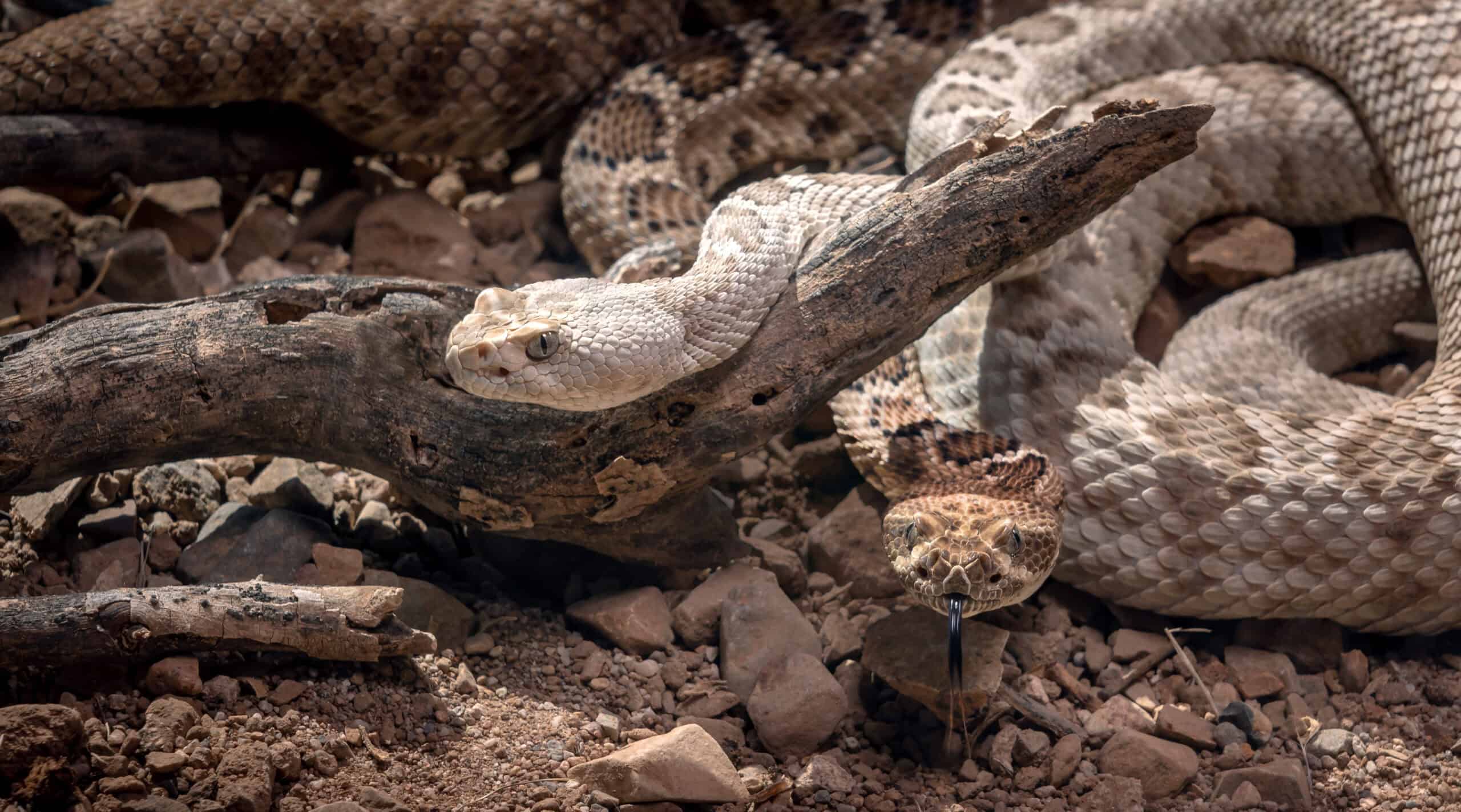
Found only on Santa Catalina Island in the Gulf of California, this rattlesnake is unique for its lack of a rattle. The absence of a rattle is an adaptation to its environment, where silence aids in hunting. It preys primarily on birds and small mammals. This species is critically endangered due to habitat destruction and predation by feral cats.
Aruban Whiptail (Cnemidophorus arubensis)
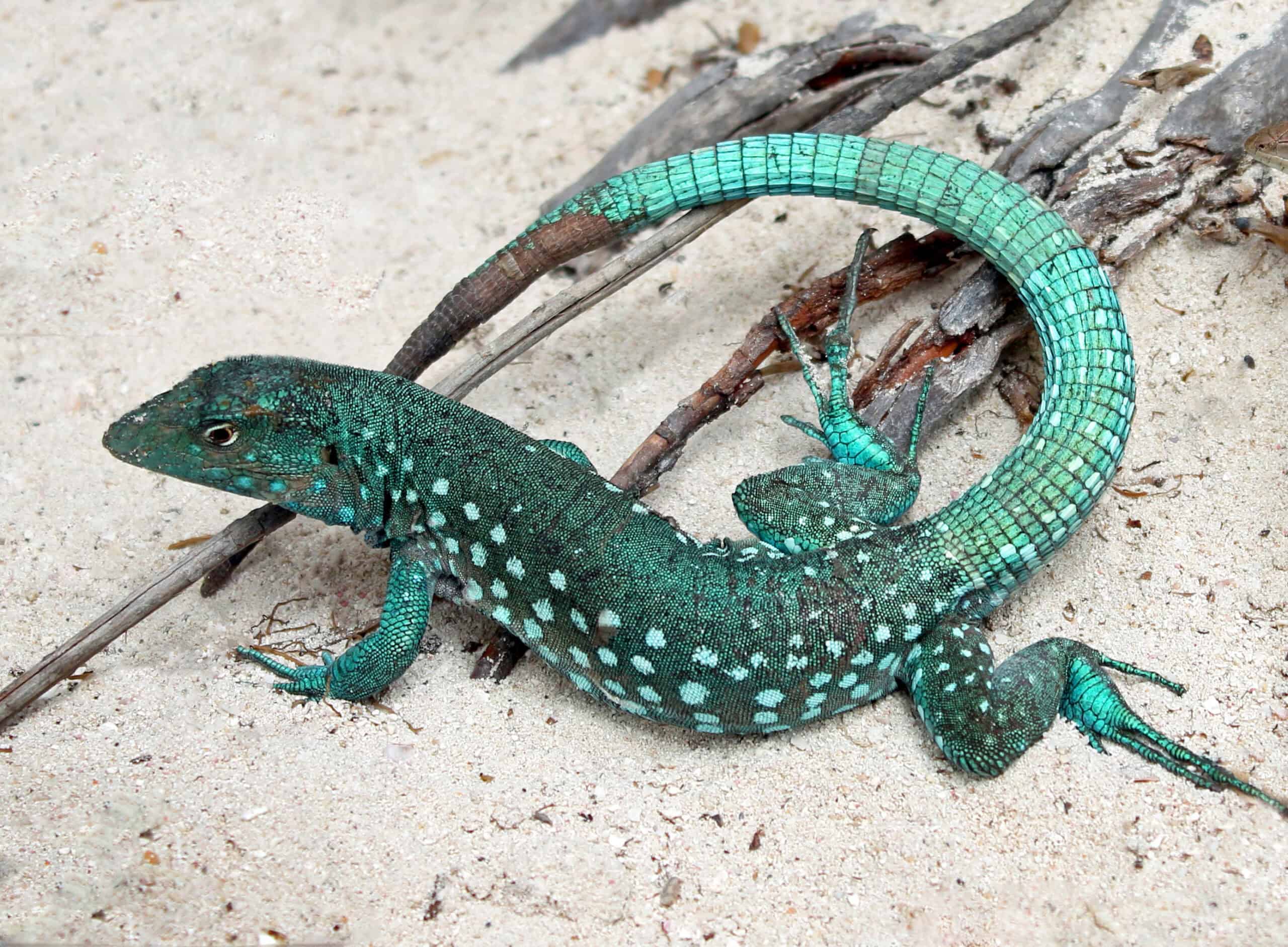
This vibrant lizard is endemic to the island of Aruba in the Caribbean. Known for its bright blue tail and swift movements, the Aruban Whiptail inhabits dry, sandy areas and feeds on insects and small invertebrates. Habitat destruction and invasive species pose significant threats to its survival.
Spiny Hill Turtle (Heosemys spinosa)
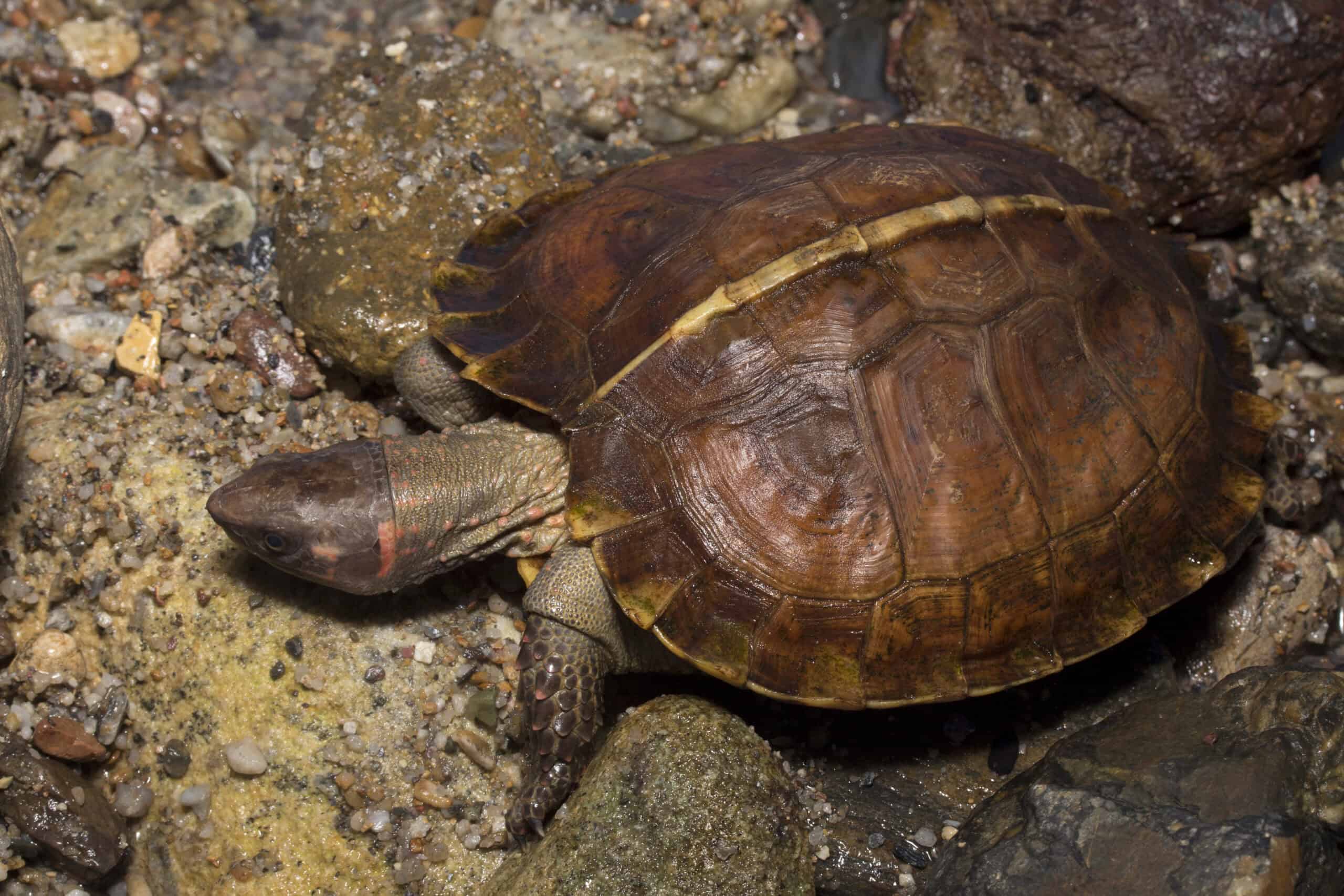
The Spiny Hill Turtle, native to Southeast Asia, is named for the distinctive spines on its carapace, which help deter predators. It inhabits forested areas near streams and rivers. This species is critically endangered due to habitat loss and hunting for the pet trade and traditional medicine.
Perentie (Varanus giganteus)
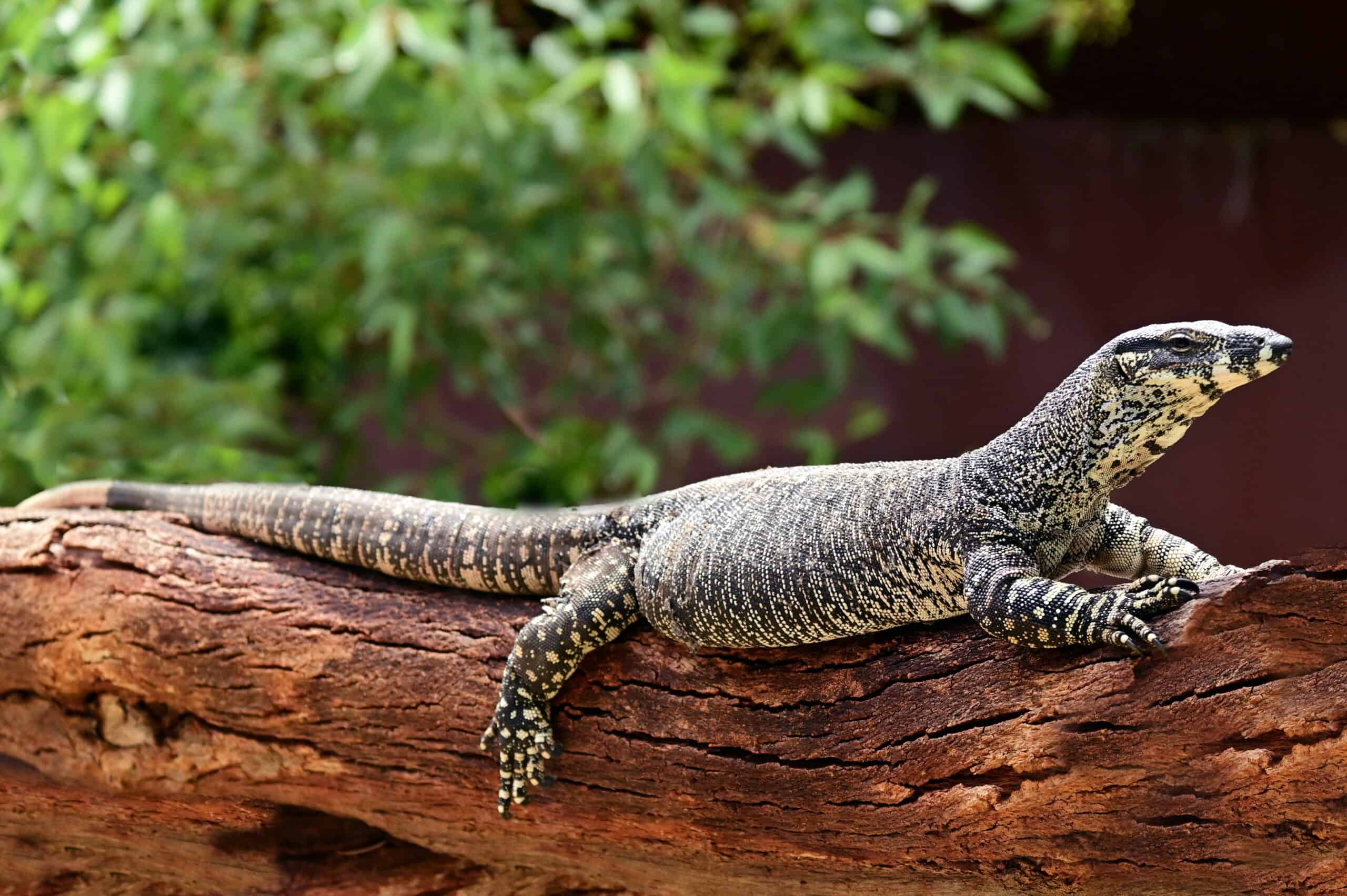
The Perentie is the largest monitor lizard native to Australia, growing up to 2.5 meters in length. Despite its size, it is relatively unknown outside Australia. It inhabits arid and semi-arid regions, feeding on a variety of prey including small mammals, birds, and other reptiles. The Perentie is highly territorial and solitary.
Pig-Nosed Turtle (Carettochelys insculpta)
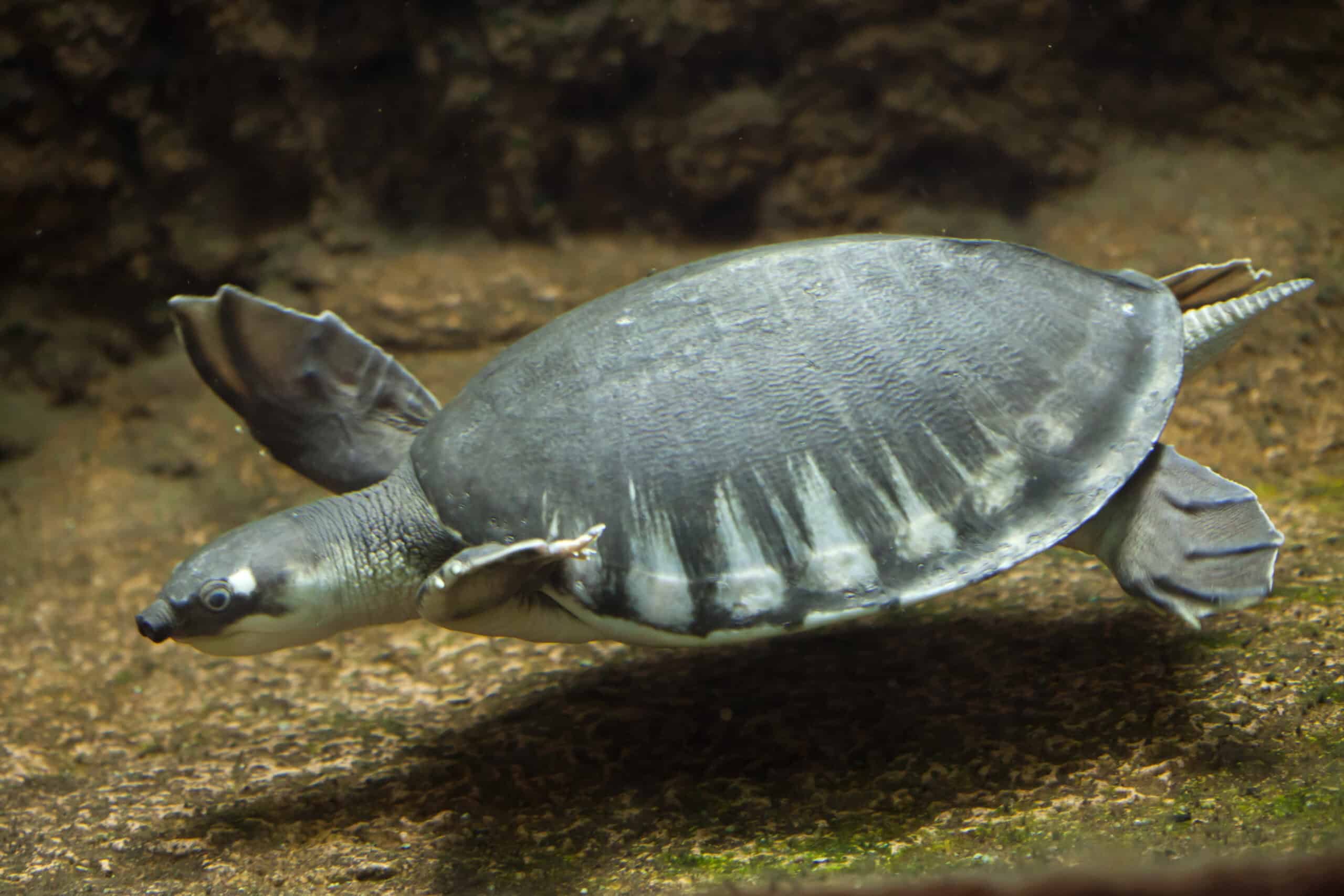
Found in freshwater rivers of northern Australia and southern New Guinea, this turtle is unique for its pig-like snout and flipper-like limbs. The Pig-Nosed Turtle is highly aquatic, spending most of its life in water. It feeds on a diet of aquatic plants, fruits, and small invertebrates. Habitat degradation and hunting pose significant threats to its population.
Namib Sand Gecko (Pachydactylus rangei)
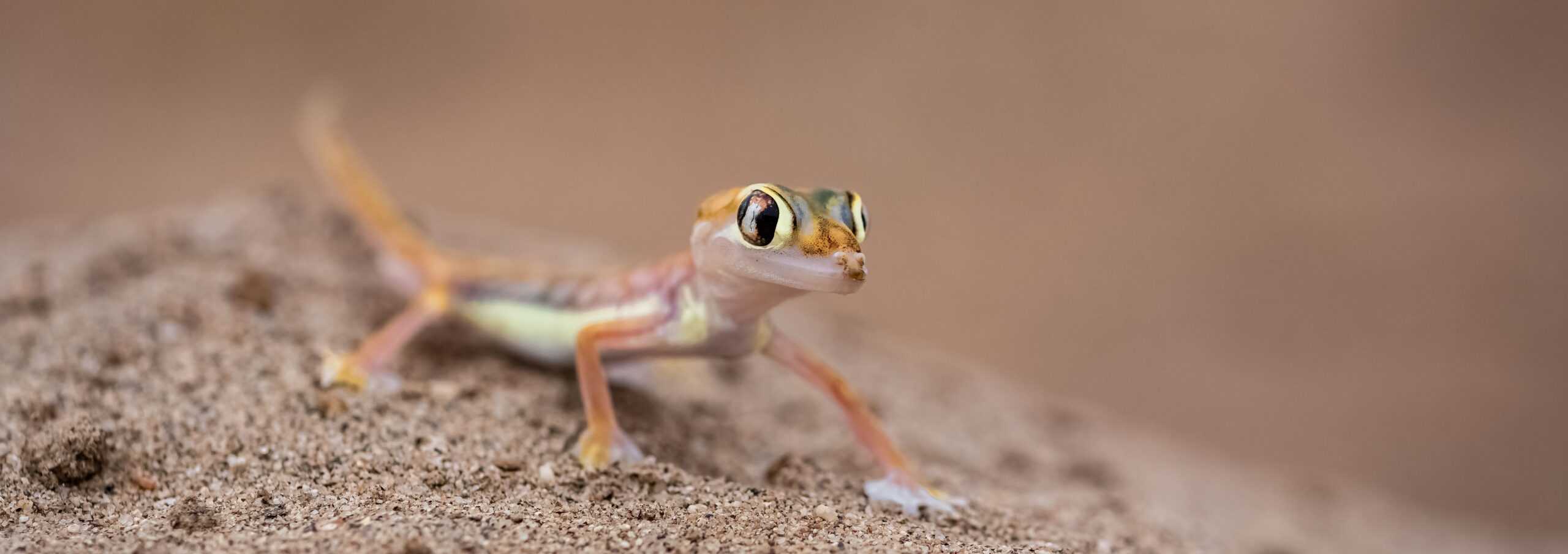
This small, nocturnal gecko is adapted to the harsh conditions of the Namib Desert in Namibia. Its webbed feet help it move easily on loose sand. The Namib Sand Gecko has translucent skin, allowing its internal organs to be visible. It preys on insects and other small invertebrates. Its survival is threatened by habitat disturbance and climate change.
Emerald Monitor (Varanus prasinus)
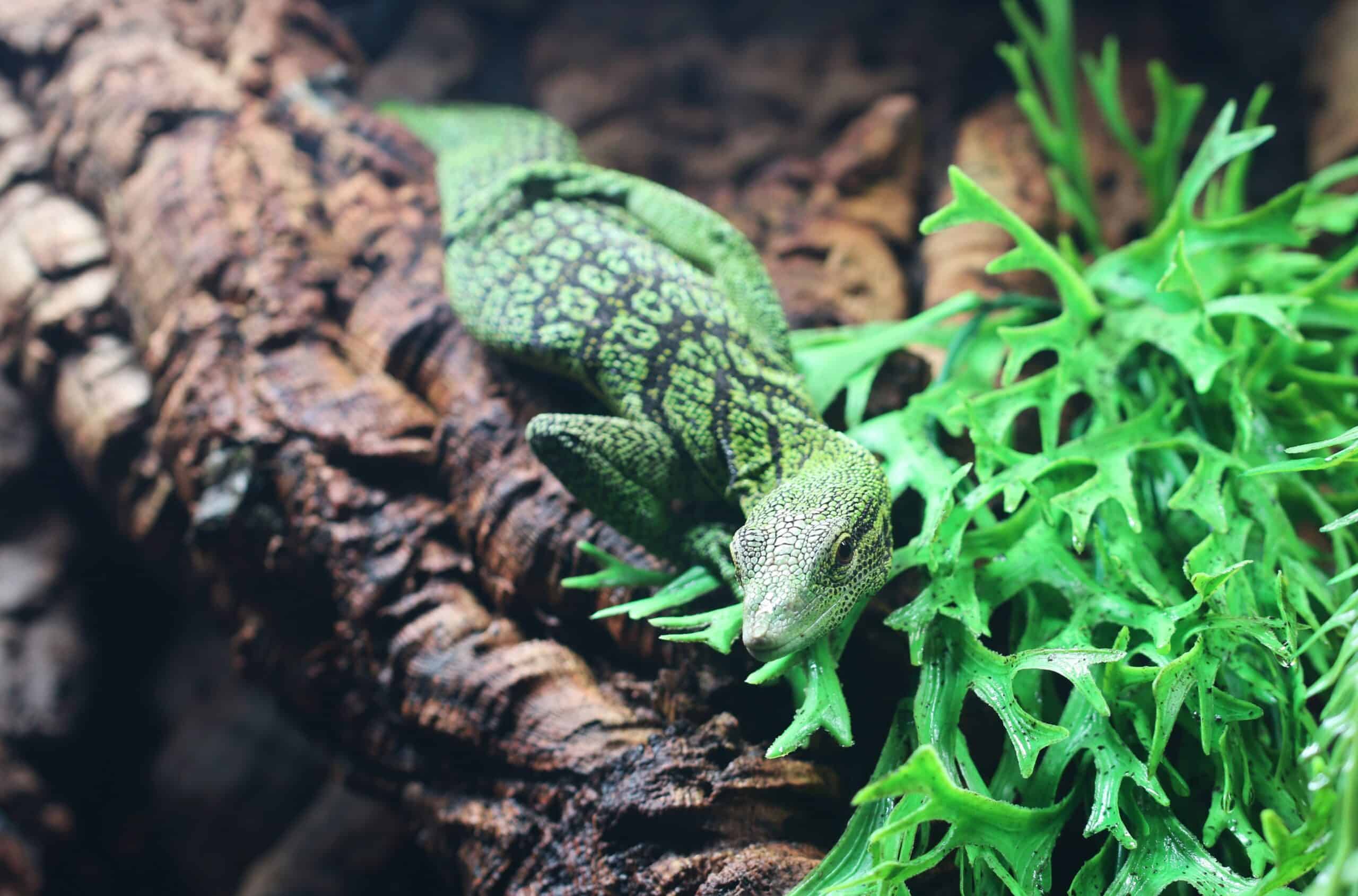
The Emerald Monitor is a strikingly green tree-dwelling lizard found in New Guinea and surrounding islands. Its prehensile tail and sharp claws make it an excellent climber. It feeds on insects, small mammals, and birds. Despite its beautiful coloration, it remains relatively unknown outside its native range. Habitat loss and collection for the pet trade are major threats.
Balkan Green Lizard (Lacerta trilineata)
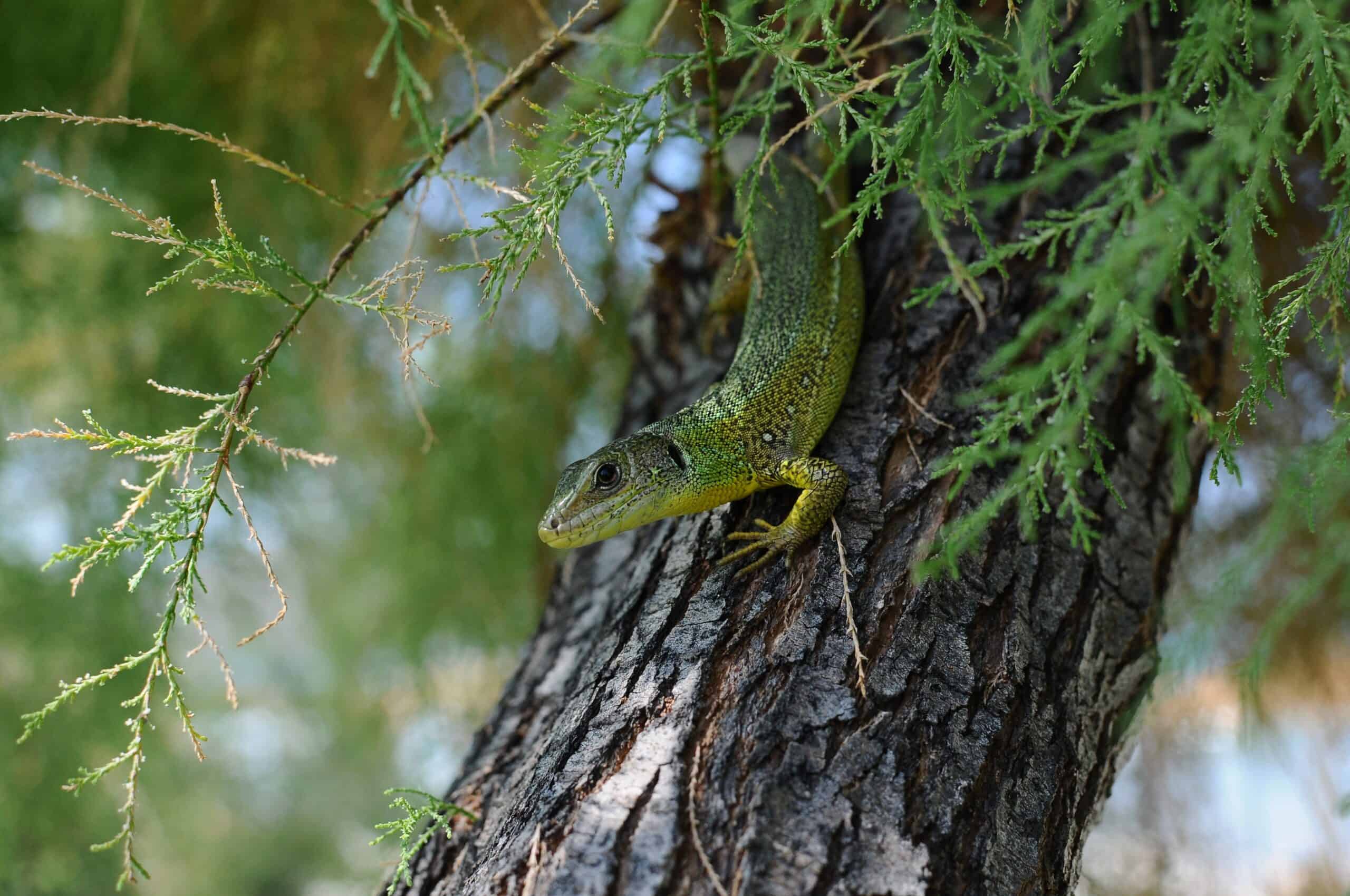
This large, vibrant green lizard is found in the Balkan Peninsula, inhabiting a variety of habitats from woodlands to coastal dunes. The Balkan Green Lizard is an agile hunter, feeding on insects and other small invertebrates. It is relatively unknown due to its limited range and secretive nature. Habitat destruction and human encroachment are significant threats.
Gargoyle Gecko (Rhacodactylus auriculatus)
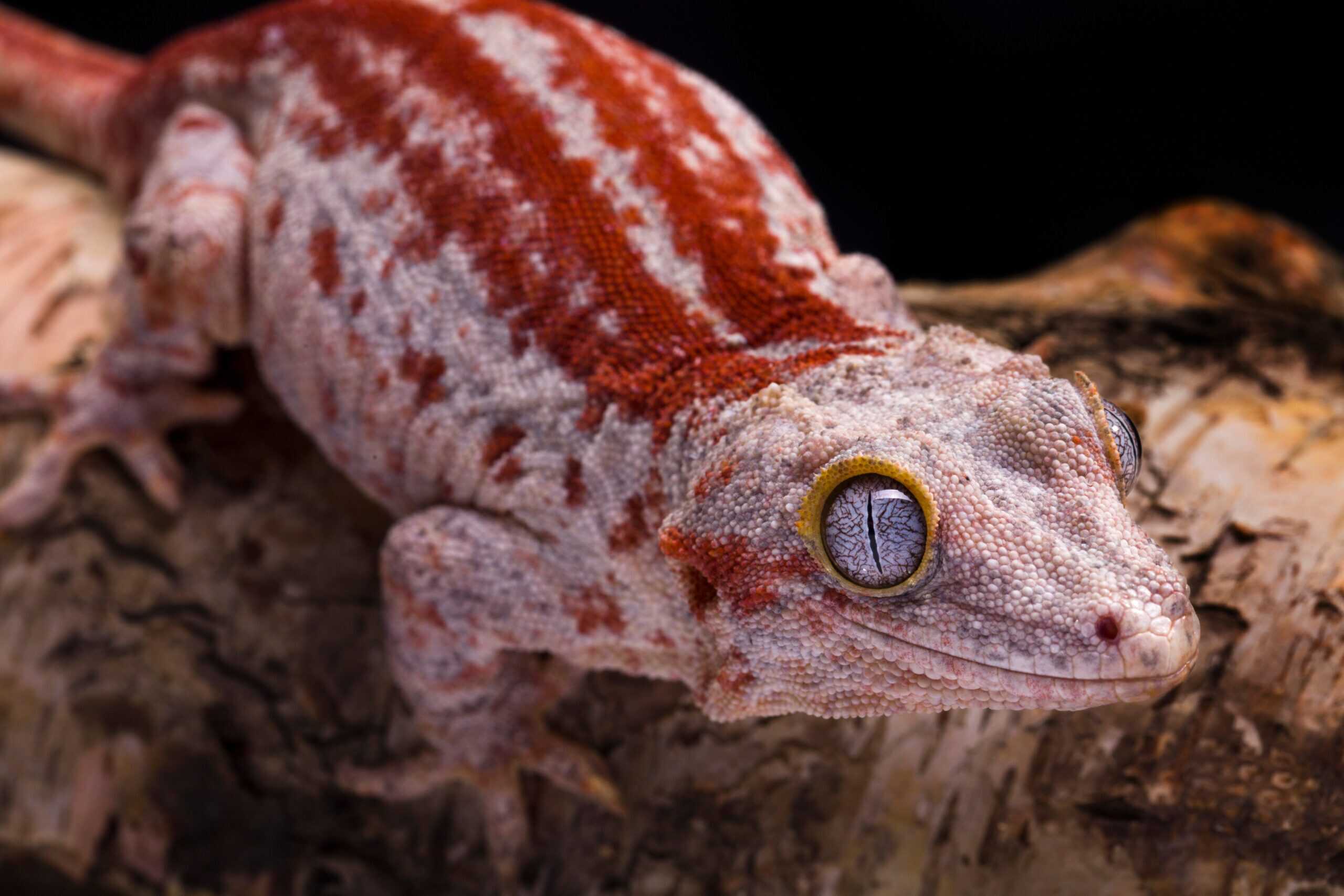
Native to New Caledonia, the Gargoyle Gecko gets its name from the bony protrusions on its head, resembling a gargoyle. It is nocturnal and arboreal, feeding on insects and fruit. Despite its striking appearance, it is one of the lesser-known gecko species. Habitat loss and collection for the pet trade pose significant threats.
Satanic Leaf-Tailed Gecko (Uroplatus phantasticus)
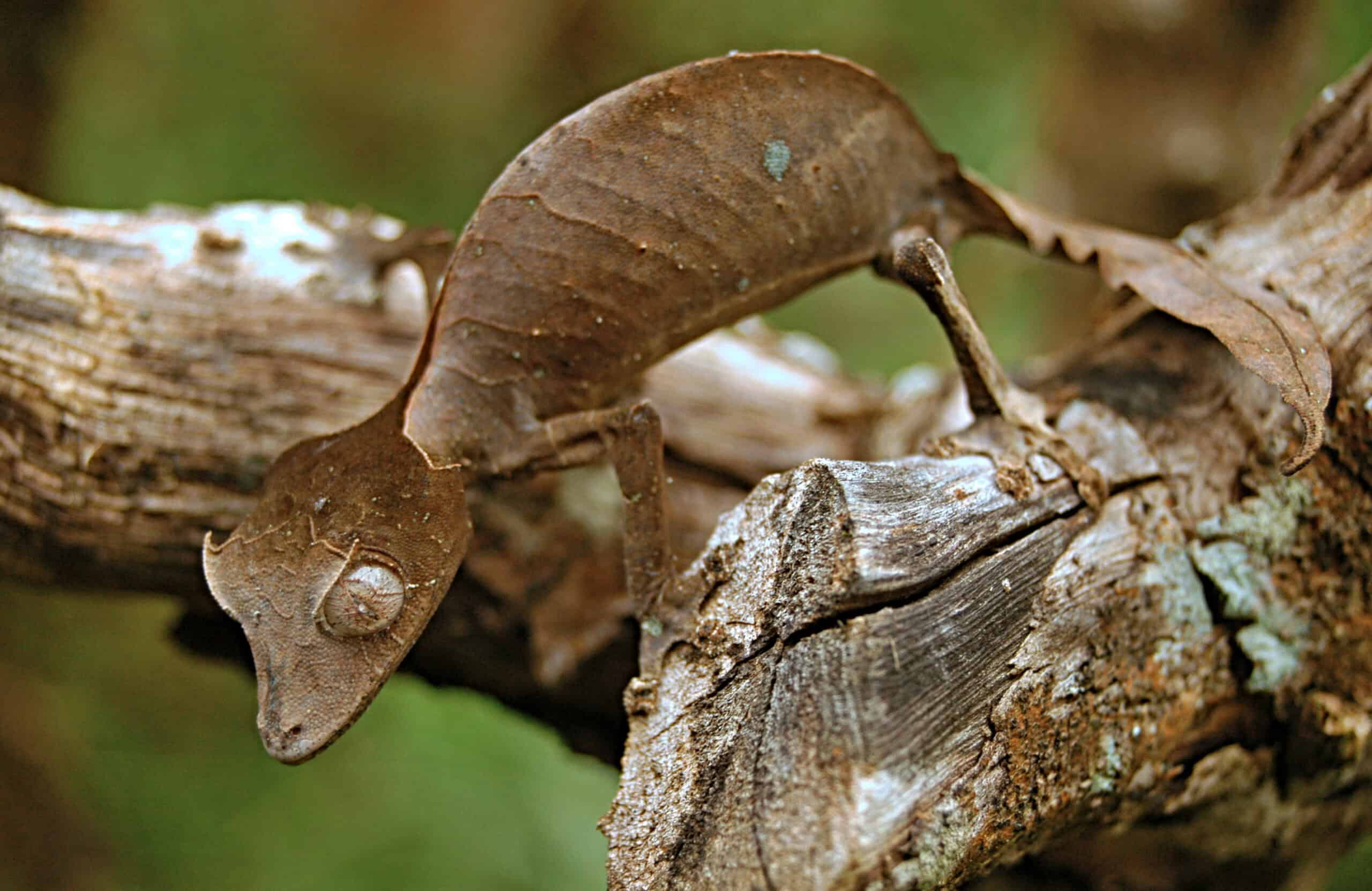
This extraordinary gecko is native to the rainforests of Madagascar. Its leaf-like tail and camouflaged body make it almost invisible among leaves. The Satanic Leaf-Tailed Gecko is nocturnal, feeding on insects. Its population is declining due to habitat destruction and illegal pet trade.
Red-Headed Krait (Bungarus flaviceps)
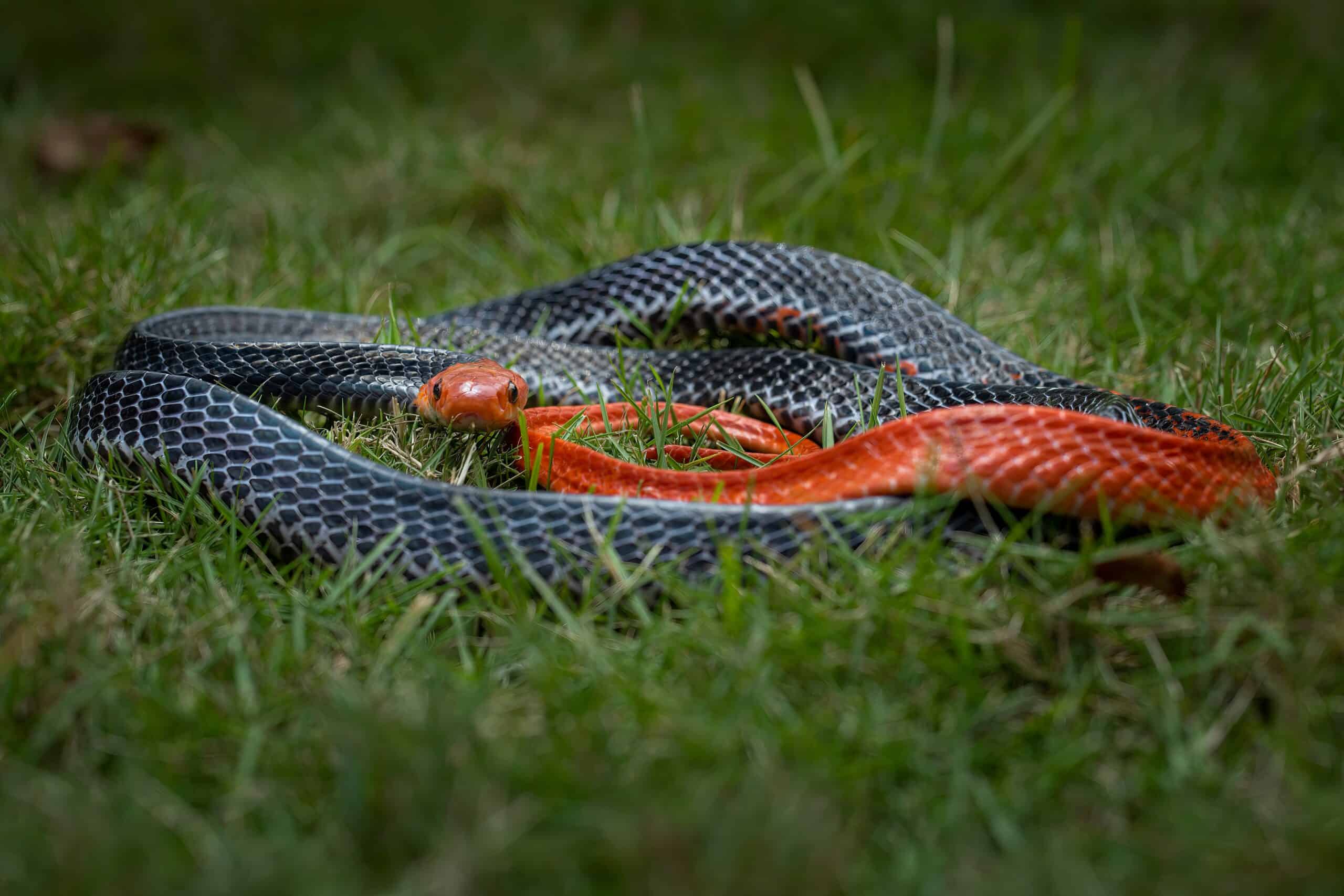
The Red-Headed Krait is a venomous snake found in Southeast Asia, recognized by its striking red head and tail. It inhabits forests and feeds on other snakes and small vertebrates. Despite its potent venom, it is relatively unknown due to its secretive nature and nocturnal habits. Deforestation and habitat loss threaten its survival.
False Water Cobra (Hydrodynastes gigas)
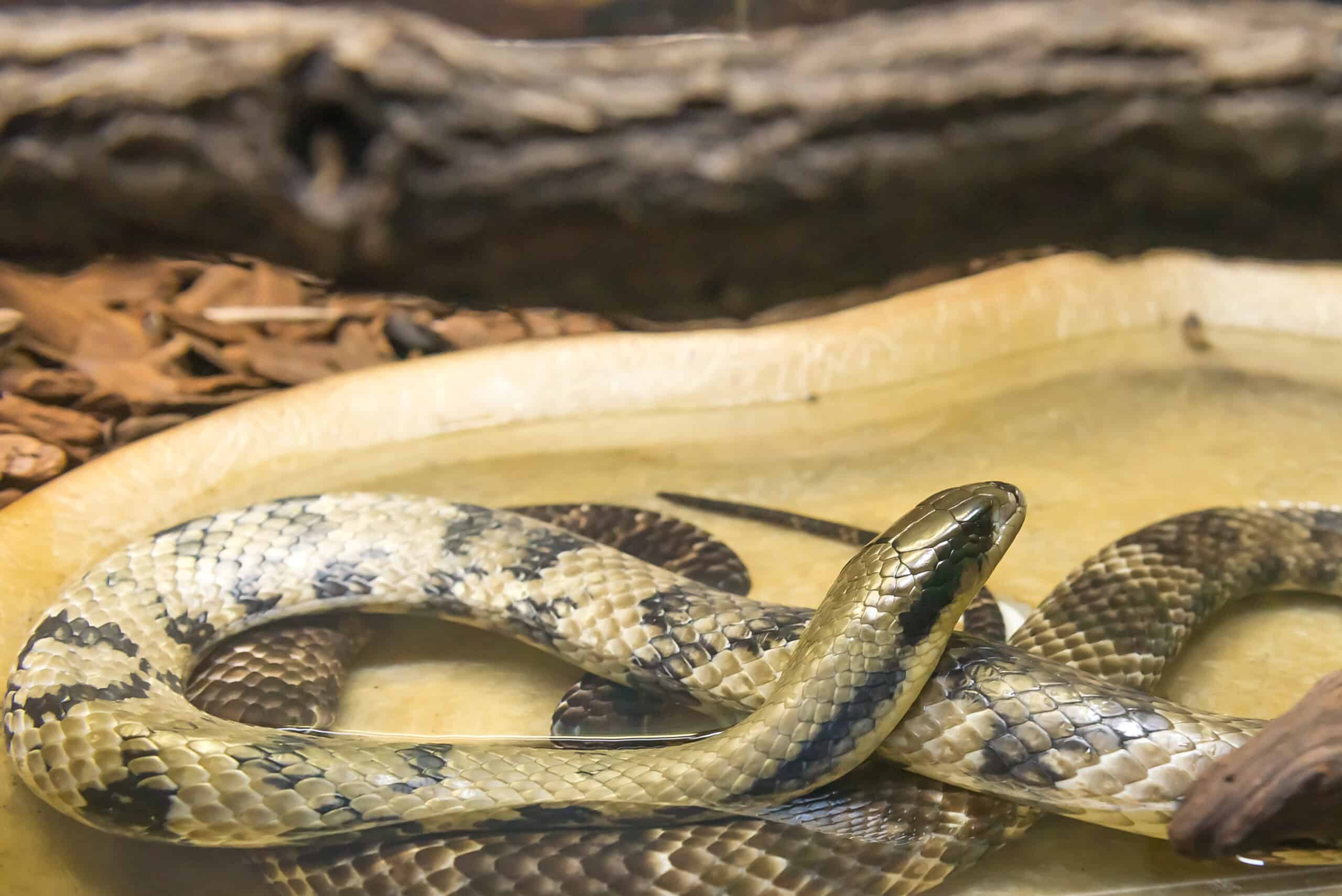
Native to South America, the False Water Cobra is known for its ability to flatten its neck like a cobra when threatened, though it is not a true cobra. It inhabits wetlands and rivers, feeding on fish and amphibians. Despite its unique behavior, it remains relatively unknown. Habitat destruction and hunting for the pet trade are major threats.
Yellow-Blotched Palm Pit Viper (Bothriechis aurifer)
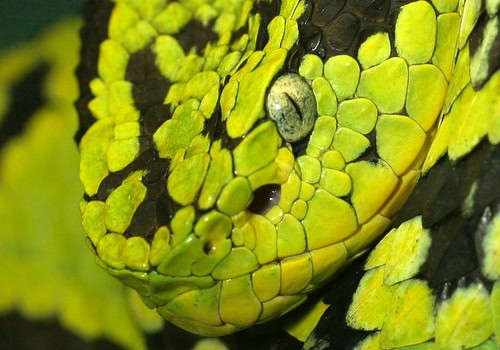
This brightly colored viper is found in the cloud forests of Central America. The Yellow-Blotched Palm Pit Viper is arboreal, feeding on birds and small mammals. Its vibrant coloration provides excellent camouflage among the foliage. Despite its beauty, it remains relatively unknown due to its limited range and secretive nature. Habitat destruction and climate change threaten its survival.
New Guinea Crocodile Skink (Tribolonotus gracilis)
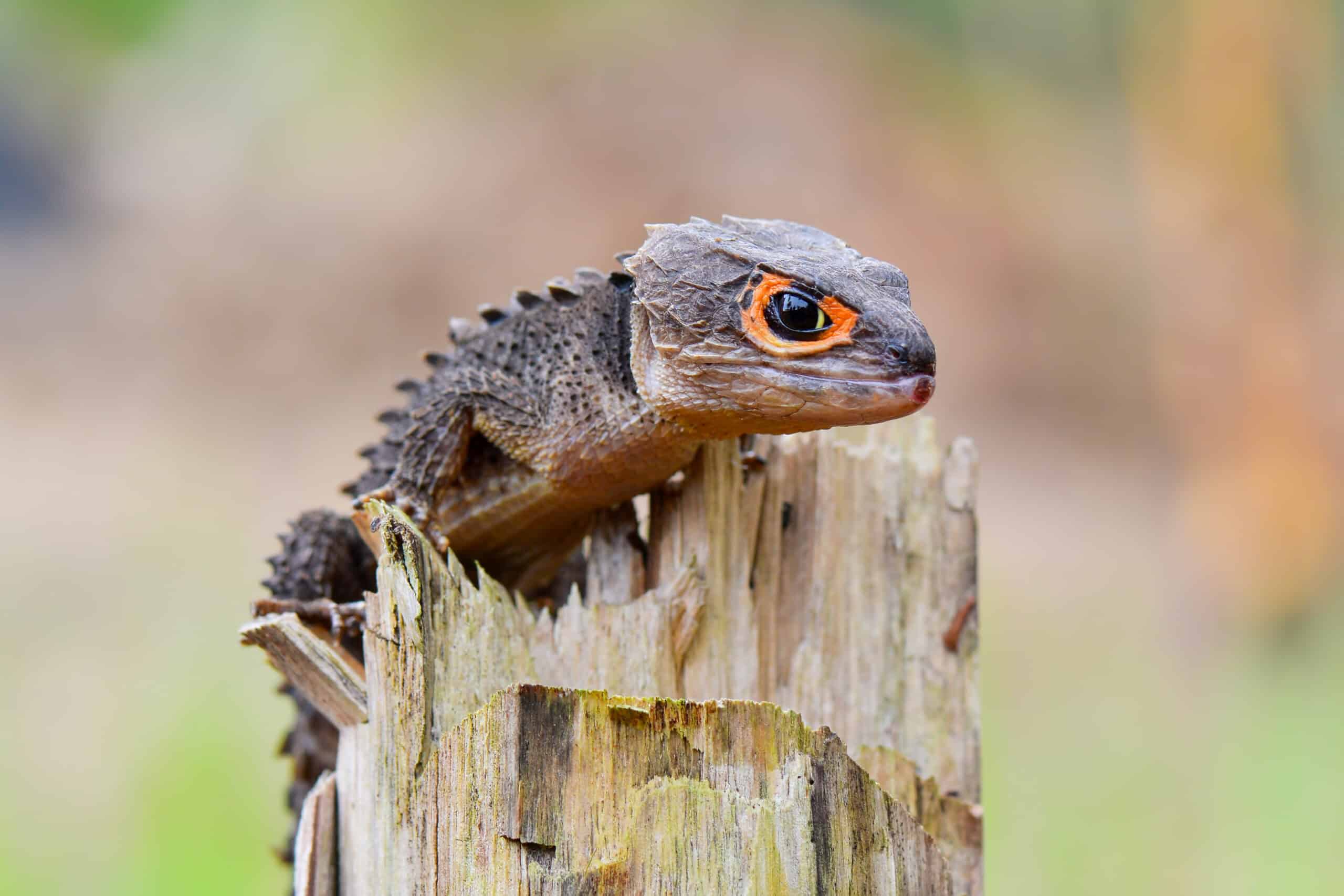
This small, armored lizard is native to New Guinea. The New Guinea Crocodile Skink is known for its crocodile-like appearance, with rough, bumpy scales and a distinct head shape. It is nocturnal, feeding on insects and small invertebrates. Despite its unique appearance, it is relatively unknown outside its native range. Habitat loss and collection for the pet trade are significant threats.
This article originally appeared on Rarest.org.
More From Rarest.Org
Nicknames often reveal a playful side to traditional names, offering a glimpse into history, culture, and personal charm. While some nicknames follow a clear path from their original names, others take surprising turns that add uniqueness and character. Read more.
For wine enthusiasts and collectors alike, vintage wines represent the pinnacle of winemaking excellence. These exceptional bottles not only offer unparalleled flavors and aromas but also carry historical significance and rarity that elevate their value. Read more.
Exploring the world’s most unique natural wonders offers an incredible journey through some of Earth’s most breathtaking and awe-inspiring landscapes. From the vibrant hues of geothermal springs to the surreal formations of ancient caves, these natural marvels highlight the planet’s diverse beauty and geological wonders. Read more.



